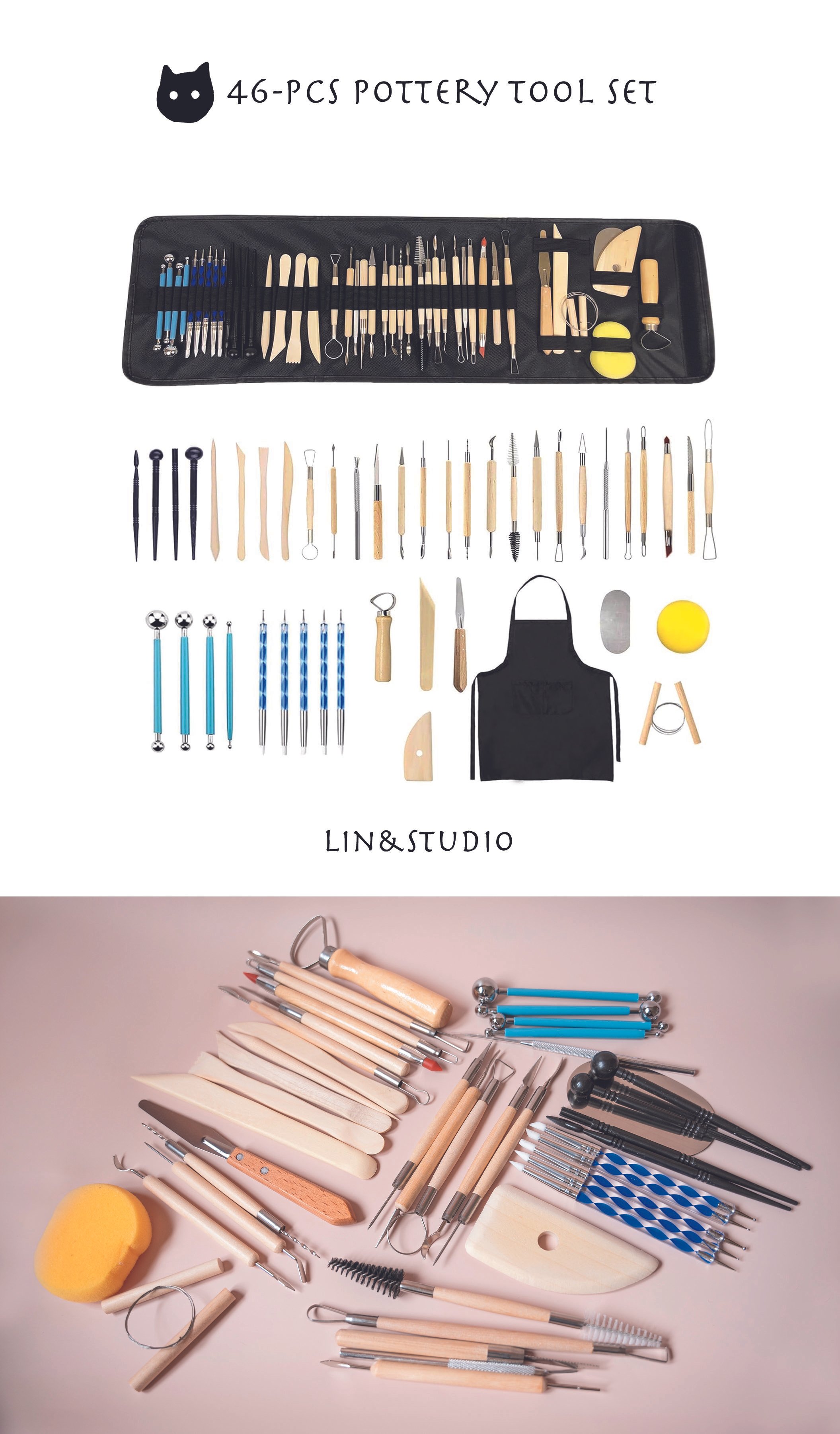# Sanitary Napkins Raw Material Composition and Properties
Sanitary napkins are essential personal hygiene products used by millions of women worldwide. Understanding the raw materials that go into their production is crucial for ensuring quality, comfort, and safety. This article delves into the composition and properties of the primary materials used in sanitary napkins.
## Core Components of Sanitary Napkins
The main components of sanitary napkins include the top sheet, absorbent core, back sheet, and adhesive. Each of these components is made from specific materials that contribute to the overall functionality of the product.
### 1. Top Sheet
The top sheet is the layer that comes into direct contact with the skin. It is typically made from non-woven fabric or perforated film. The materials used must be soft, hypoallergenic, and allow for quick liquid absorption.
– **Non-woven fabric**: Made from synthetic fibers like polypropylene, it is lightweight, breathable, and soft.
– **Perforated film**: Usually made from polyethylene, it provides a smooth surface and quick liquid passage.
### 2. Absorbent Core
The absorbent core is the heart of the sanitary napkin, responsible for retaining menstrual fluid. It is usually composed of a blend of fluff pulp and superabsorbent polymers (SAP).
– **Fluff pulp**: Derived from wood pulp, it is highly absorbent and biodegradable.
– **Superabsorbent polymers (SAP)**: These are synthetic materials that can absorb and retain large amounts of liquid relative to their own mass.
### 3. Back Sheet
The back sheet is the outermost layer that prevents leakage. It is typically made from polyethylene film or a breathable microporous film.
– **Polyethylene film**: Provides a waterproof barrier, ensuring no leakage.
– **Microporous film**: Offers breathability, reducing the risk of skin irritation.
### 4. Adhesive
Adhesive is used to secure the sanitary napkin to the underwear. It is usually a pressure-sensitive adhesive that is safe for skin contact.
– **Pressure-sensitive adhesive**: Ensures the napkin stays in place without causing discomfort or leaving residue.
## Properties of Sanitary Napkin Materials
The materials used in sanitary napkins must possess specific properties to ensure they are effective and comfortable.
### 1. Absorbency
High absorbency is crucial for the absorbent core to effectively retain menstrual fluid. Both fluff pulp and SAP contribute to this property.
### 2. Softness
The top sheet must be soft to prevent irritation and ensure comfort during use. Non-woven fabrics and perforated films are chosen for their gentle texture.
### 3. Breathability
Breathable materials, especially in the back sheet, help reduce moisture buildup and prevent skin irritation. Microporous films are ideal for this purpose.
### 4. Hypoallergenic
Materials must be hypoallergenic to minimize the risk of allergic reactions. This is particularly important for the top sheet and adhesive.
### 5. Biodegradability
With increasing environmental concerns, biodegradable materials like fluff pulp are preferred to reduce the ecological footprint of sanitary napkins.
## Conclusion
The composition and properties of sanitary napkin raw materials play a vital role in the overall performance and user experience of the product. By understanding these materials, manufacturers can produce sanitary napkins that are not only effective but also comfortable and safe for users. As technology advances, we can expect further innovations in materials that enhance the functionality and sustainability of sanitary napkins.


